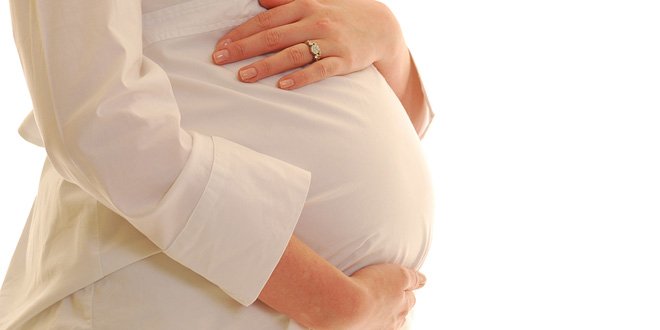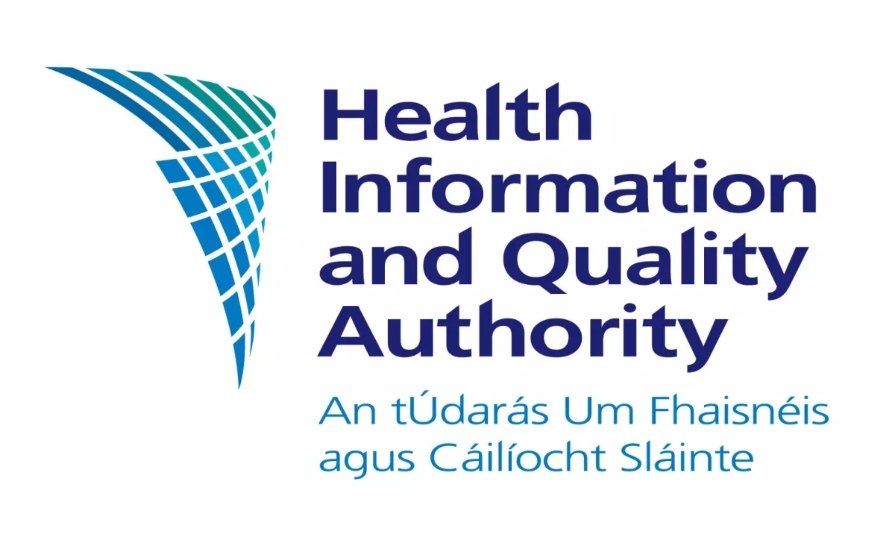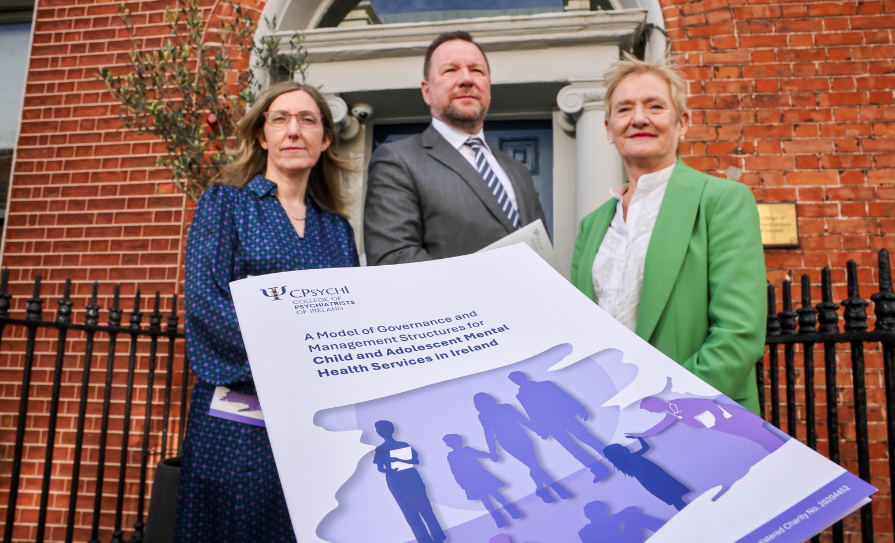The authors defined a “practically perfect” birth as a spontaneous labour without intervention, an intact perineum and a positive neonatal outcome. The study poses the question whether the “unrealistic expectations of labour in first time mothers can present challenges to physicians and midwives”.
To extract the perfect births, deliveries <37 weeks, induction/pre-labour Caesarean Section (CS), Artificial Rupture of Membranes (ARM), oxytocin, fetal blood sample, emergency CS/instrumental deliveries, perineal damage and suboptimal Apgar scores were all excluded. The focus of the study was on the 8292 nulliparous labours.
Among 18,698, there were 8292 nulliparous women of whom 7,616 delivered after 37 weeks. Of these, 4,171 went into spontaneous labour, while 2,753 were induced. Some 692 had a caesarean section as a primary procedure. Some 2,111 women were noted to have an artificial rupture of membranes in labour and 857 received oxytocin. After excluding these, there were 1,203 remaining. Some 172 women had a fetal blood sample taken, leaving 1,031.
Of the 1,031 women who had a spontaneous labour without any of the interventions mentioned above, 57 had an emergency caesarean section, 86 had a ventouse delivery, 33 had a forceps delivery, two were spontaneous breech deliveries and five were born before arrival to hospital. That excluded a total of 183, leaving 848 ‘practically perfect’ births.
All tears and episiotomies were excluded which left 68 with an intact perineum. Out of these 68, two were extracted based on suboptimal Apgar scores. This left 66 ‘perfect’ deliveries or 0.8 per cent of all nulliparous mothers who had a ‘practically perfect’ birth. Out of the 66 ‘perfect’ deliveries, 15 were noted to have opted for community midwife care. When those who went with community midwife care and the standard obstetric care group were separated, the rate of ‘practically perfect’ births was 3 per cent in the midwife group compared to 0.7 per cent in the obstetric group.













Leave a Reply
You must be logged in to post a comment.